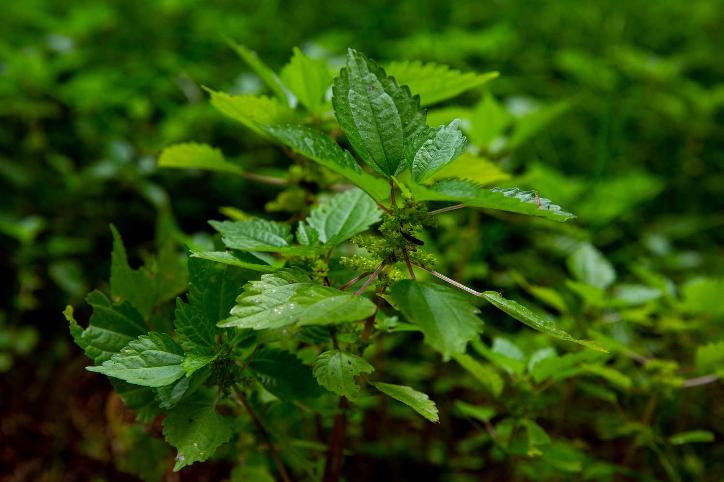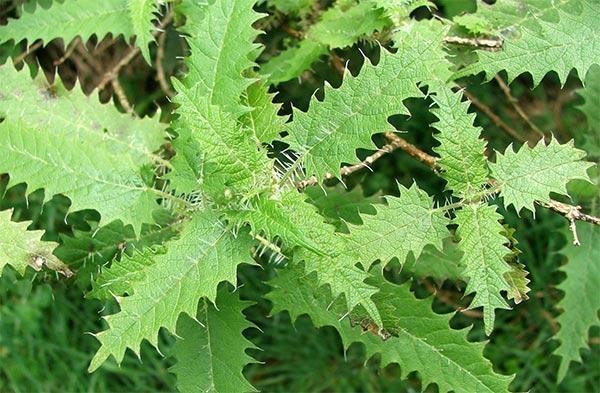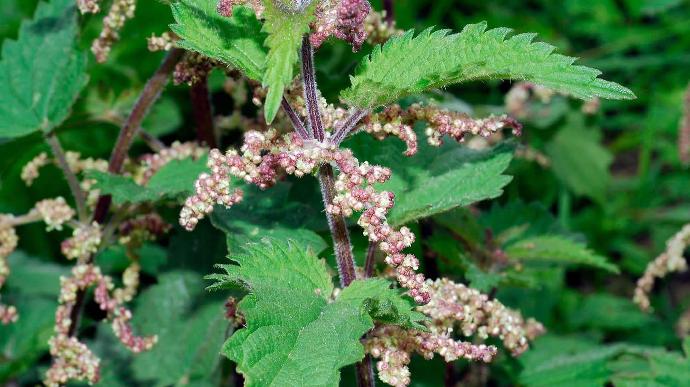Stinging Nettle Plant
Stinging Nettle (Urtica dioica) is a perennial herb growing 3-7 ft tall, hardy in USDA Zones 3-10, prefers moist, rich soil, part shade to full sun, high moisture, edible, and has medicinal uses.

Habit
Perennial
Height
0.5-1 m
Growth
Fast
Soil
Well-drained, loamy
Shade
Part shade to full sun
Moisture
Hig
Edible
Yes
Medicinal
Yes
Origin
Europe, Asia
Climatic Condition
Temperate, Subtropical
Temperature (°)
10-25°C
Humidity (%)
50-60%
Potting media
Loamy, compost
Fertilizers
Organic, balanced NPK
Watering
Regular
Plant Weight
100-200 g
Flowering Time
Summer, Fall
Soil Ph level
6.0 - 7.0
Water Ph level
6.5 - 7.0
Soil EC
1-2 dS/m
Yield Per Plant
Medicinal herb
NPK ratio
5:10:10
life Span
Perennial
Health Benefits
Pain relief, inflammation
Suggested Grow Media or Potting Mix ?
50% compost, 30% peat moss, 20% perlite
Suggested Fertigation/Fertilizers
Fertilize every 4 weeks with a balanced, water-soluble fertilizer.
Common Diseases and Remedies
Leaf Spot, Root Rot, Rust, Powdery Mildew, Aphids
Yellowing and wilting of leaves, brown spots, stunted growth, Wilting, yellowing leaves, root decay, Orange pustules on leaves, White powdery coating on leaves, Yellowing leaves, stunted growth
Remove affected leaves, use compost tea, Improve drainage, Increase air circulation, Apply neem oil, Introduce beneficial insects.
Copper-based fungicide, Fungicides containing chlorothalonil, Systemic fungicides like myclobutanil, Insecticidal soap, systemic insecticides
HEALTH BENEFITS
· Used for joint pain and arthritis relief.
· Supports urinary health and helps with kidney function.
· Rich in iron and may help with anemia.
· Known for anti-allergic properties.

